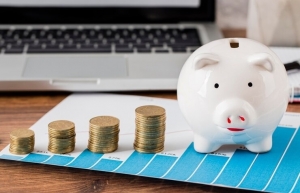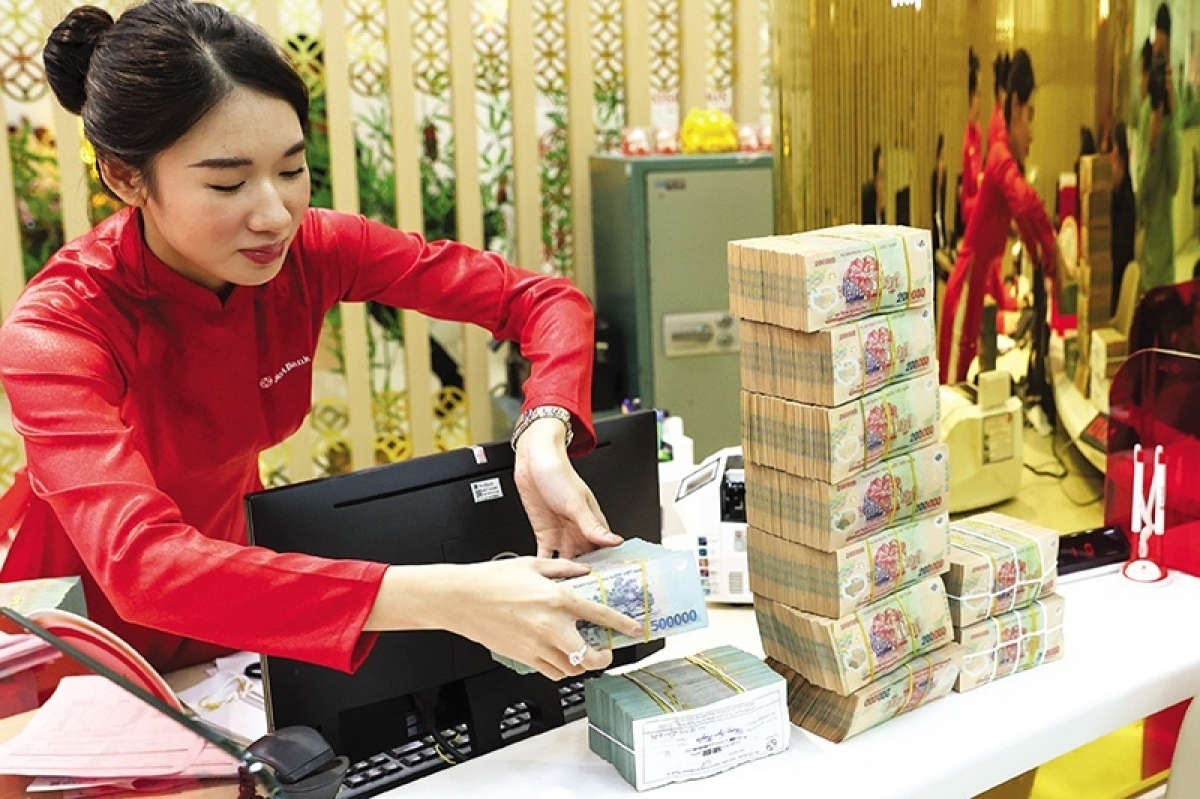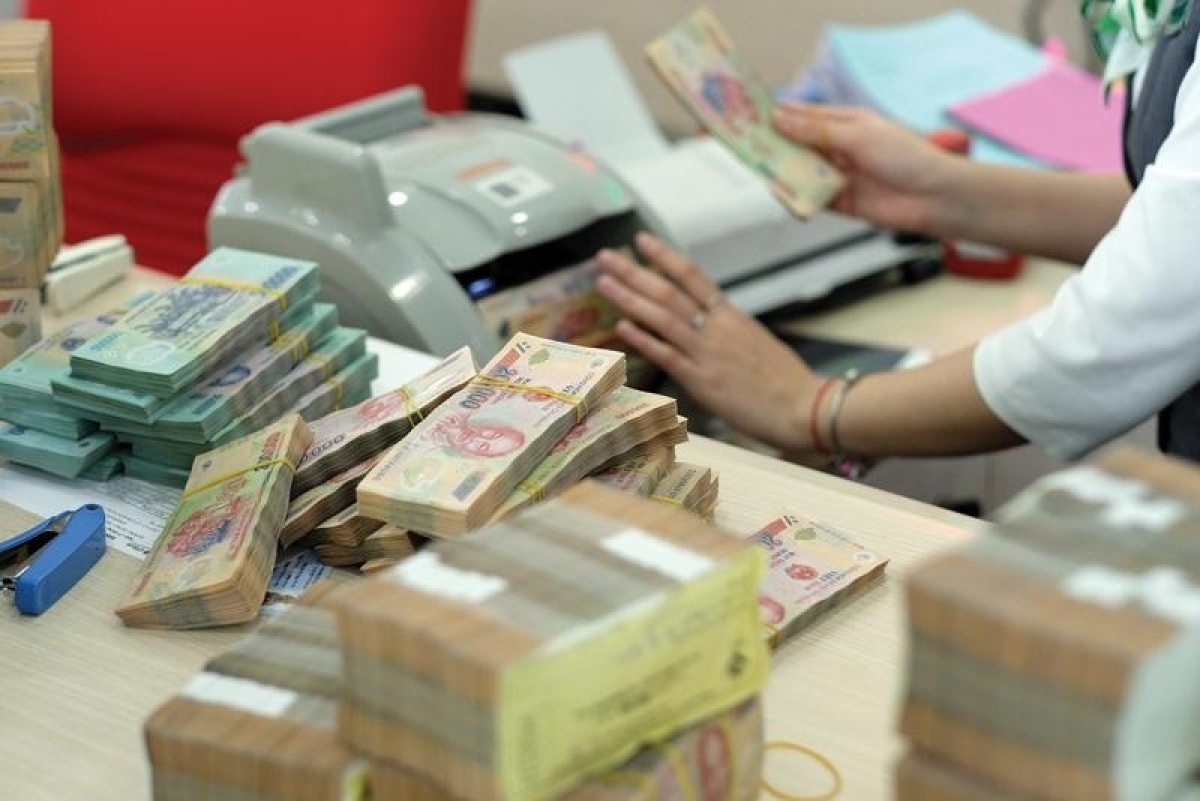INTERNATIONAL INVESTMENT
AND PORTAL
According to the State Bank of Vietnam (SBV), by the end of May, the average 12-month deposit interest rate at private lenders had declined by 12 basis points since the beginning of the year, settling at 4.93 per cent per annum.
 Bank interest rates have dropped to a multi-year low level
Bank interest rates have dropped to a multi-year low level Meanwhile, the corresponding rate at state lenders held steady at 4.7 per cent.
In a report presented to the National Assembly, the SBV stated that as of mid-April, the average lending rate for newly originated loans stood at approximately 6.34 per cent per annum, down 0.6 percentage points from the end of 2024.
This marks the lowest lending rate in many years, even lower than during the Covid-19 pandemic. Data from financial platform Finpro shows that the lowest quarterly average lending rate between 2020 and 2022 occurred in Q1, 2022, at 7.9 per cent.
Despite the favourable borrowing conditions, the SBV noted that the interest rate environment is facing growing pressure.
The sharp reduction in lending rates has significantly limited the scope for further cuts. Additionally, demand for credit, particularly for business operations and personal consumption, is expected to rise sharply to support Vietnam’s 2025 economic growth targets.
However, banks’ ability to mobilise capital may be constrained due to intensifying competition from other investment channels.
Even so, the central bank reaffirmed its commitment to maintaining a proactive and harmonised approach to policy.
“Monetary policy will continue to be closely coordinated with fiscal and other macroeconomic policies,” the SBV stated in the report. The goal is to drive robust economic growth while preserving macroeconomic stability, controlling inflation, and maintaining the overall balance of the economy.
Looking ahead, Nguyen Huu Huan, a lecturer at the University of Economics Ho Chi Minh City, said that interest rates will likely remain low if the SBV continues to inject liquidity into the banking system.
“However, there’s a flip side,” he cautioned. “Keeping rates low under current conditions will heighten exchange rate pressures. While the US dollar is weakening globally, the Vietnam VND continues to lose ground against it.”
The latest data from the SBV reveals that total credit across the economy grew by 6.52 per cent as of the end of May, significantly higher than the 2.41 per cent growth recorded during the same period last year.
The rapid expansion of credit has made a notable contribution to total social investment, supporting progress towards the government’s economic growth objectives.
According to Huan, although credit growth has improved compared to last year, there is still considerable headroom. However, the economy’s ability to absorb this capital depends largely on the export sector, which remains vulnerable to external challenges, particularly changes in tariff and trade policies.
To stimulate credit growth in the remaining quarters of the year, the SBV on April 15 issued a dispatch, instructing banks to roll out a special credit package worth up to $4 billion for the agriculture, forestry, and fisheries sectors.
Borrowers eligible for the funds must have valid production or business plans in the designated sectors.
Banks have also reported signs of recovery in credit demand, particularly amid an acceleration in public investment and rising access to low-interest mortgages for young homebuyers.
With the SBV urging commercial banks to cut input costs and stabilise lending rates, interest rates are expected to remain low in the second half of the year. Bank executives are confident that credit growth will continue to improve during the year-end peak season.
 Banks cut rates to boost business
Banks cut rates to boost business According to the Monetary Policy Department under the State Bank of Vietnam (SBV), 23 different commercial banks adjusted their interest rates between February 25 and March 18.
 Cheaper lending rates give favour to first-time buyers
Cheaper lending rates give favour to first-time buyers More attractive loan packages for home buyers are contributing significantly to credit growth, but some snags are holding back supply to the market.
 Capacity expands to lower deposit and lending rates
Capacity expands to lower deposit and lending rates The recent decline in exchange rates will provide the State Bank of Vietnam with more room to adjust interest rates in a way that benefits credit growth and stimulates economic expansion.



















